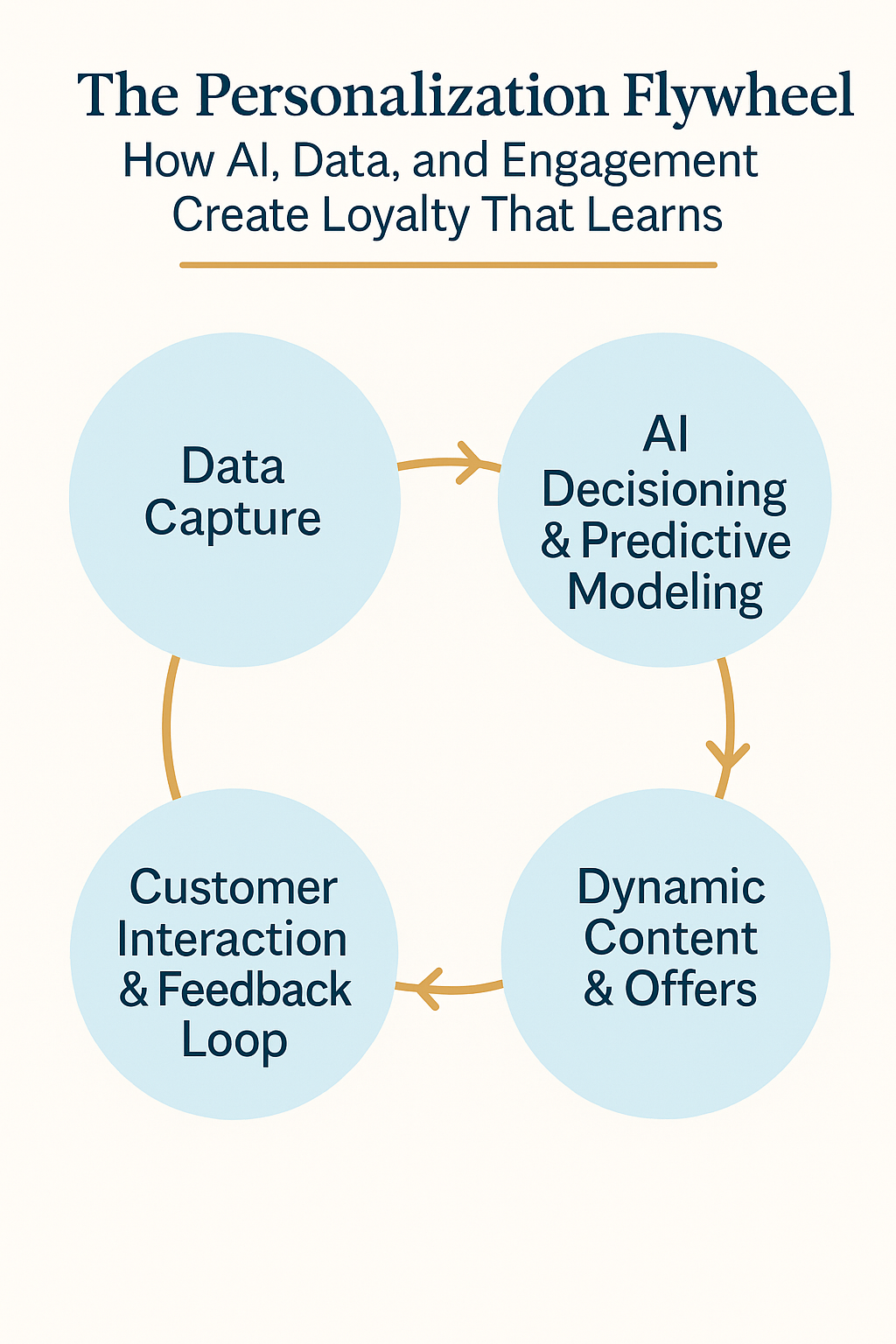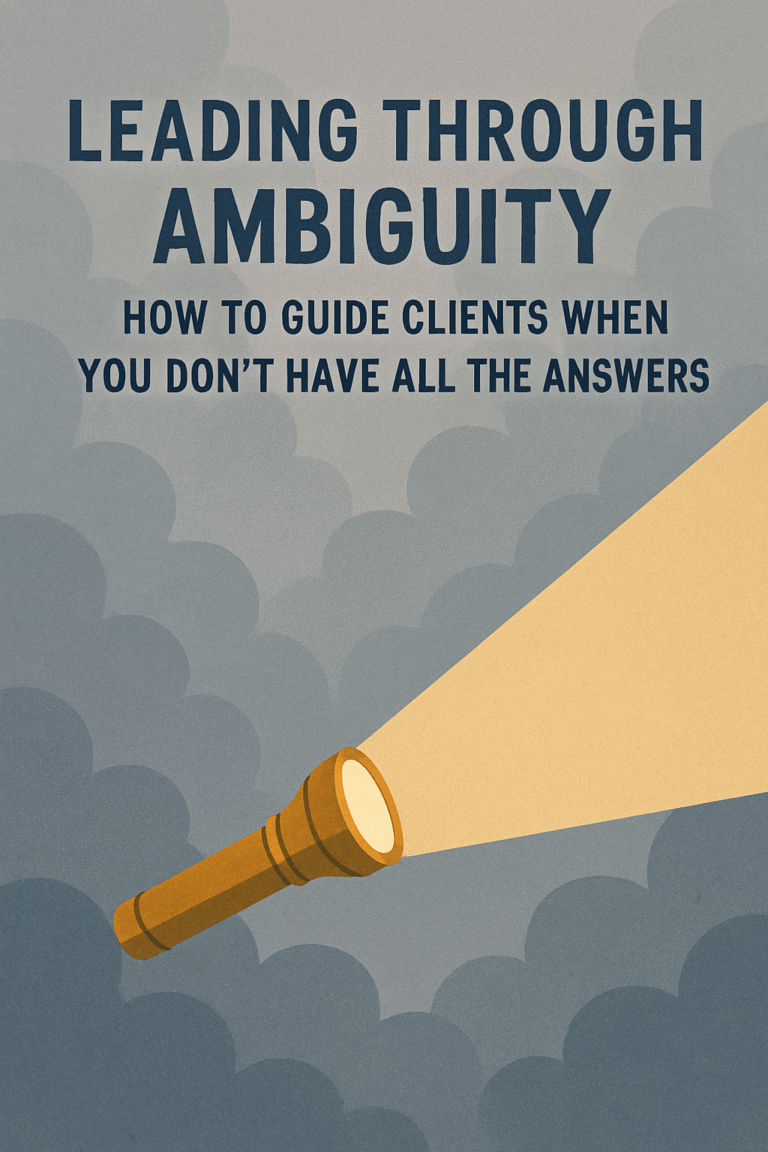In client services, success isn’t about how well you respond to emails. It’s not about how friendly your Quarterly Business Reviews (QBRs) feel. True success comes from translating a client’s goals into outcomes that grow the business, theirs and yours. That means turning vague aspirations into actionable strategies, building alignment across silos, and driving measurable impact.
I’ve developed a repeatable playbook. It helps uncover what clients really want. It identifies what’s possible. It also aids teams in executing strategies that deliver revenue growth.
Here’s the framework:
1. Start With the “Why Now”
Every client initiative should have a clear purpose. A reason it matters right now. Whether it’s declining engagement, market pressure, or internal mandates, understanding the urgency behind the goal helps you frame everything else.
Ask:
- What’s changed in the business?
- What’s at risk if this doesn’t happen?
- Who is championing it, and why?
The “why now” provides focus. It also reveals hidden urgency you can use to drive prioritization.
2. Clarify Goals by Asking Business-Oriented Questions
Clients may say, “We want to improve our loyalty program,” but that’s not a goal—that’s a category.
You need to drill down:
- What does “improve” mean to you?
- Is the goal retention, cross-sell, increased spend, or something else?
- What metrics define success?
Translating goals into business language sets the right foundation. It helps you steer the conversation toward value, not just deliverables.
3. Map the “Gap to Goal”
Once you know the desired outcome, find the gap between today and that future state.
This includes:
- Data: Is the client collecting the right data to personalize offers?
- Processes: Are internal hand-offs slowing progress?
- Technology: Can their current platform support the goal?
This gap analysis becomes your roadmap.
4. Create a Cross-Functional Game Plan
Revenue-driving initiatives never live in a single team. Marketing, product, analytics, and operations all play a role. Your job is to align them.
What works:
- Document shared KPIs across teams
- Spot where dependencies or misalignment exist
- Set up a cross-functional cadence to course-correct early
A shared plan creates shared ownership and accountability.
5. Lead With Insights, Not Tasks
Clients don’t just want status updates. They want your brain.
Bring ideas they haven’t thought of. Show them how their competitors are solving the same problem. Turn data into a story they can use to get internal buy-in.
Examples:
- “We saw a 12% lift in engagement when X client added gamification. Here’s how we test that with your base.”
- “Your Amazon integration is underutilized. Based on usage trends, here’s a pilot we can run.”
Proactive insight shifts your value from vendor to partner.
6. Tie Execution to Business Impact
Too often, initiatives launch without ever being tied back to business results.
Instead:
- Define what success looks like before launch
- Measure and report results in the client’s language (retention, revenue, adoption)
- Debrief after major milestones to highlight ROI
When you connect execution to outcomes, it builds trust—and earns you more strategic work.
7. Revisit and Reframe Constantly
Client goals evolve. So should your strategy.
Schedule quarterly or semi-annual sessions to:
- Reassess priorities based on business changes
- Retire what’s not working
- Reframe new goals into the same impact-focused structure
You become indispensable when you’re not just executing, but guiding what comes next.
Final Thoughts
Translating client goals into revenue growth isn’t a one-time effort. It’s an ongoing discipline that requires curiosity, consultative thinking, and cross-functional coordination. When executed effectively, it changes your role from service provider to strategic partner. This shift makes you essential to your client’s success.
If you’re a brand looking to move from incremental to exponential growth, it’s time to start the real work. If you’re a team needing help turning vision into traction, this is where the real work begins.
Let’s talk.





